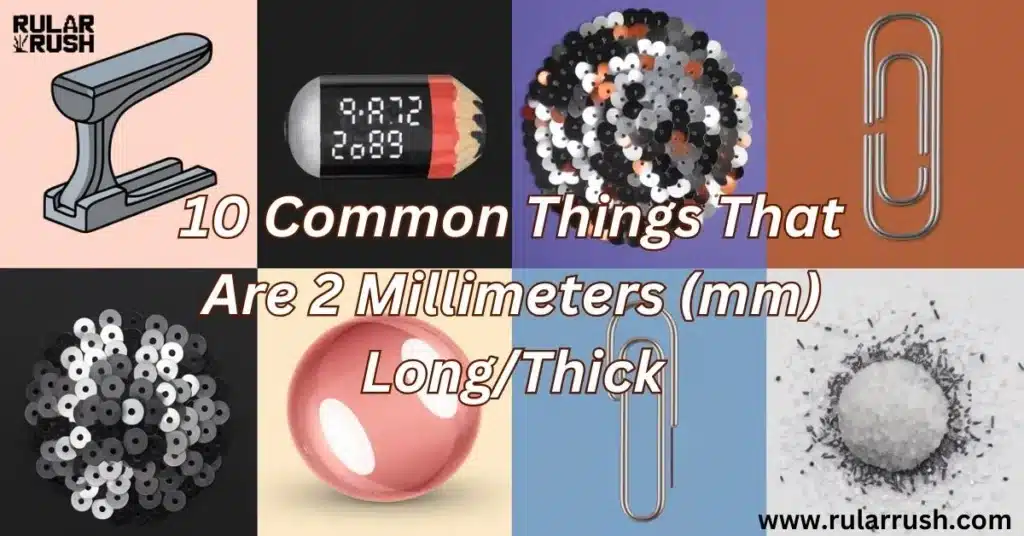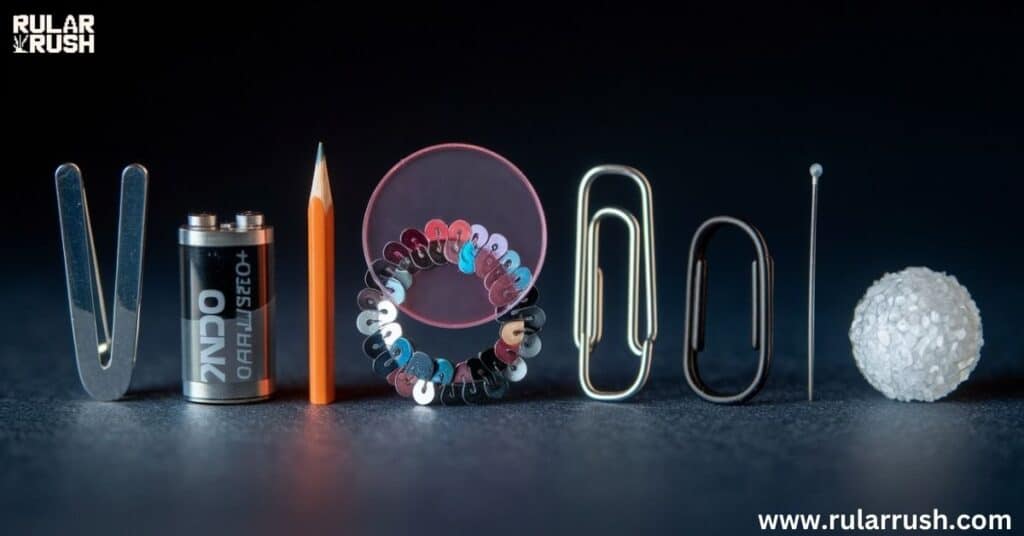
Imagine a world where the mightiest forces come in the tiniest packages. Welcome to the realm of the minuscule, where Things That Are 2 Millimeters (mm) Long can change everything. In this microscopic universe, invisible to the naked eye, lies a world of wonder that shapes our lives in ways we’ve never imagined.
From the intricate gears of your wristwatch to the delicate wings of a butterfly, 2 millimeters (mm) reigns supreme as the unsung hero of our everyday existence. It’s a measurement so small it can dance on the head of a pin, yet so powerful it can make or break the most advanced technologies.
Join us as we embark on a journey to uncover the hidden influence of 2 mm objects that surround us, powering our gadgets, adorning our jewelry, and even saving lives in the world of medicine.
The Mighty Millimeter: Understanding 2 mm
Before we explore our list of everyday items, let’s take a moment to truly grasp what 2 millimeters means. To put it in perspective:
- 1 millimeter = 0.1 centimeters
- 1 mm = 1/1000th of a meter
At just 2 mm, we’re dealing with a measurement that’s about the thickness of a nickel or the width of a grain of rice. It’s a size that demands precision in manufacturing and often goes unnoticed in our daily lives.
“In the realm of engineering and design, every millimeter matters. The difference between 1 mm and 2 mm can be the line between success and failure.” – Dr. Emily Chen, Precision Manufacturing Expert
Now, let’s dive into the world of common objects that measure up at this tiny yet significant size.
Just How Big is 2 mm?
You might be wondering: how big is 2 mm exactly? Let’s put this tiny measurement into perspective.
When asking how big is 2mm, it helps to compare it to familiar objects. 2.0 mm is about:
- The thickness of a nickel
- The diameter of a pin head
- The length of a grain of rice
- The thickness of a credit card
- The diameter of a strand of spaghetti
To truly grasp how big is 2 mm, try this: Place two dimes side by side on a table. The thickness of those two coins together is very close to 2 mm.
Understanding how big is 2.0 mm is crucial in many fields, from engineering to medicine. This seemingly tiny measurement can make a huge difference in the functionality of many devices and tools we use every day.
So the next time someone asks you “how big is 2mm“, you’ll have plenty of examples to help them visualize this small but significant measurement.
10 Everyday Items That Measure 2 mm
The Humble Staple

Office warriors, take note! The standard office staple, that unsung hero of document organization, typically measures 2 mm in thickness. This small size allows it to pierce through multiple sheets of paper without causing significant damage.
Fun Fact: The average office worker uses about 1,000 staples per year!
Watch Battery
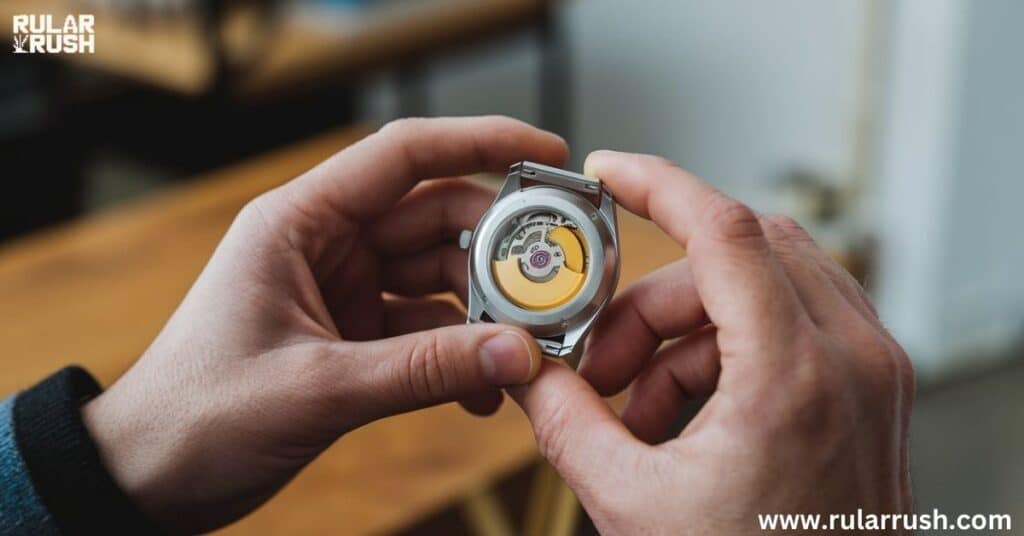
Ever wonder how your sleek wristwatch keeps ticking? Many coin cell batteries, like the popular CR2032, measure approximately 2 mm in thickness. This small size allows watchmakers to create slim, elegant timepieces without sacrificing functionality.
| Battery Type | Diameter | Thickness |
|---|---|---|
| CR2032 | 20 mm | 3.2 mm |
| CR2025 | 20 mm | 2.5 mm |
| CR2016 | 20 mm | 1.6 mm |
Mechanical Pencil Lead
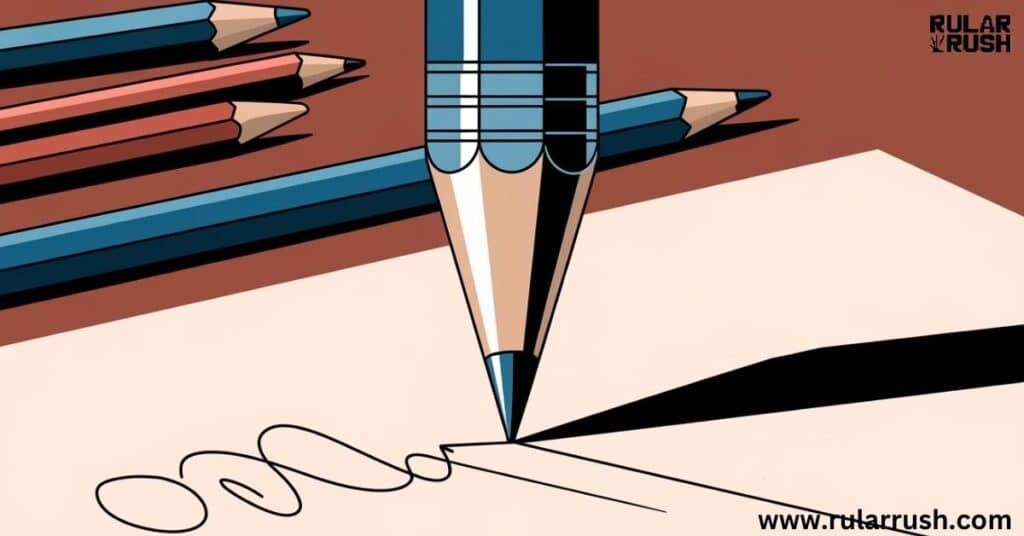
Artists and engineers alike appreciate the precision of a 2 mm pencil lead. This thickness strikes a balance between fine detail work and durability, making it ideal for technical drawings and sketches.
Pro Tip: When using a 2 mm lead, vary your pressure to achieve different line weights in your drawings.
Copper Wire in Electronics

The world of electronics relies heavily on copper wire for its excellent conductivity. Many household electrical systems use 12 AWG wire, which has a diameter of approximately 2 mm. This small size allows for efficient power transmission while keeping devices compact.
Sequins
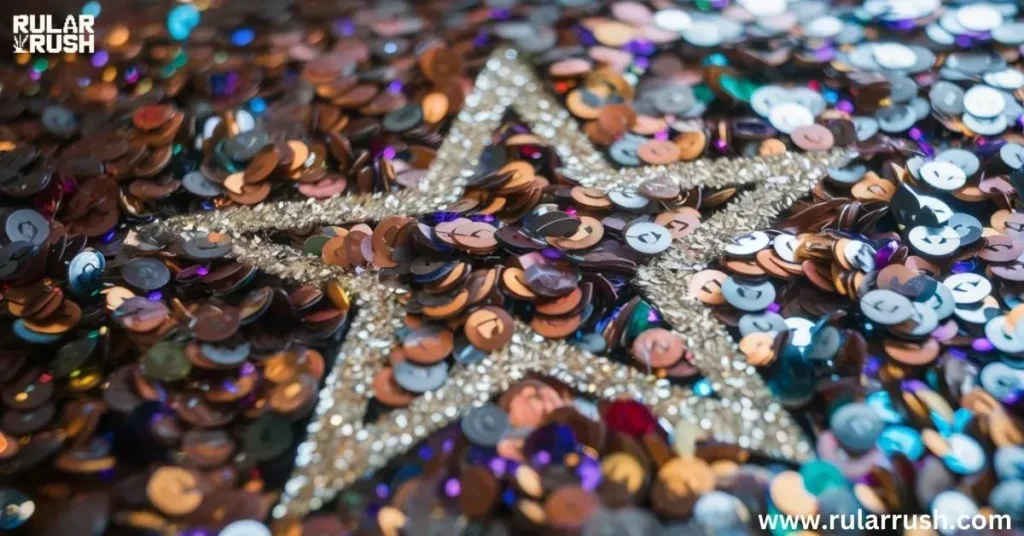
Fashion enthusiasts, rejoice! The standard sequin used in clothing embellishments often measures 2 mm in thickness. These tiny discs add sparkle and texture to garments, transforming ordinary outfits into eye-catching ensembles.
DIY Idea: Create a dazzling wall hanging by stringing 2 mm sequins on fishing line and hanging them in cascading strands.
Contact Lens
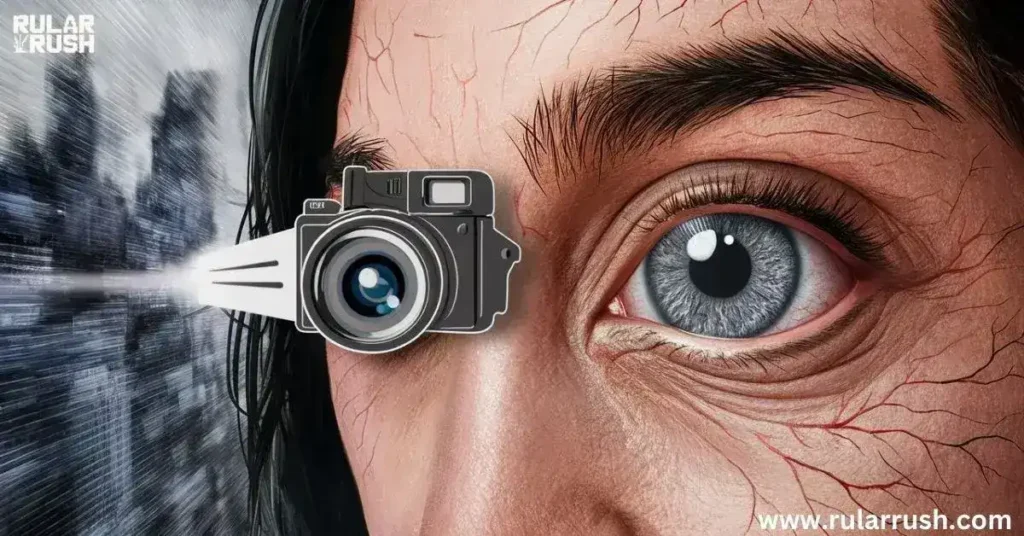
For millions of people worldwide, clear vision comes in the form of a thin, transparent disc. Many soft contact lenses measure around 2 mm in thickness, allowing for comfortable wear while providing precise vision correction.
Paperclip Wire

The humble paperclip, a staple of office organization (pun intended), typically uses wire with a 2 mm diameter. This thickness provides the perfect balance of flexibility and strength to hold papers together without damaging them.
Unexpected Use: In a pinch, a straightened paperclip can serve as an emergency key to reset electronic devices!
Guitar String

Musicians, tune in! The low E string on an electric guitar often measures 2 mm in diameter. This thickness contributes to the rich, deep tones that form the foundation of many musical genres.
| Guitar String | Typical Diameter |
|---|---|
| Low E | 2.0 mm |
| A | 1.6 mm |
| D | 1.3 mm |
| G | 1.0 mm |
| B | 0.8 mm |
| High E | 0.6 mm |
Pinhead
The term “pinhead” is often used to describe something extremely small, and for good reason. The head of a standard sewing pin typically measures about 2 mm in diameter. This small size allows for precise placement in fabric while remaining easy to grasp.
Grain of Salt

We often take it for granted, but that tiny grain of salt on your dinner plate measures approximately 2 mm. This small size allows salt to dissolve quickly, enhancing flavors in our food.
The Impact of 2 mm: More Than Meets the Eye
Now that we’ve explored these everyday items, it’s clear that 2 mm objects play a significant role in our lives. But their impact goes far beyond what we’ve discussed. Let’s delve deeper into some areas where this tiny measurement makes a big difference.
Precision Manufacturing
In the world of manufacturing, precision is paramount. A difference of even a fraction of a millimeter can mean the difference between a product that works flawlessly and one that fails catastrophically.
Case Study: Watchmaking
In the intricate world of watchmaking, 2 mm components are commonplace. The gear train – the system of gears that transmits power from the mainspring to the escapement – often contains gears as small as 2 mm in diameter.
Swiss watchmaker, Antoine Preziuso, explains: “In a high-end mechanical watch, tolerances are measured in microns. A 2 mm gear must be crafted with absolute precision to ensure accurate timekeeping over decades.”
Medical Innovations
The medical field relies heavily on small components for various treatments and diagnostic tools.
- Mini-tablets: Some medications come in the form of 2 mm mini-tablets, allowing for precise dosing and easier swallowing, especially for pediatric or geriatric patients.
- Stents: Cardiovascular stents, used to keep arteries open, can have struts as thin as 2 mm.
- Surgical Instruments: Many minimally invasive surgical tools have components measuring just 2 mm, enabling procedures with smaller incisions and faster recovery times.
Electronics and Technology
Our smartphones, laptops, and other gadgets are marvels of miniaturization, with many internal components measuring 2 mm or less.
- Tiny Screws: The screws holding together your smartphone often have a shaft diameter of just 2 mm.
- Connectors: Many electrical connectors in small gadgets have pins spaced 2 mm apart.
- Sensors: Various sensors, from accelerometers to light sensors, often measure around 2 mm in one or more dimensions.
Measuring Up: Tools and Techniques for 2 mm Precision
Given the importance of 2 mm measurements in so many fields, it’s worth exploring how professionals achieve and verify this level of precision.
Digital Calipers
Digital calipers are a go-to tool for measuring small objects with high accuracy. They can typically measure down to 0.01 mm, making them perfect for verifying 2 mm thickness or diameter.
Micrometers
For even greater precision, micrometers can measure down to 0.001 mm. They’re commonly used in machining and engineering to ensure components meet exact specifications.
Optical Comparators
These devices project a magnified image of an object onto a screen, allowing for precise measurement of complex shapes and features.
DIY 2 mm Projects: Embracing the Small Scale
Inspired to work with 2 mm objects? Here are some projects you can try at home:
- Bead Jewelry: Create intricate designs using 2 mm beads for a delicate, refined look.
- Miniature Painting: Use a 2 mm brush to add fine details to model figurines or small canvases.
- Paper Quilling: Roll 2 mm wide strips of paper to create stunning designs and patterns.
The Future of Small: Beyond 2 mm
As technology advances, we’re pushing the boundaries of miniaturization even further. Nanotechnology deals with particles and structures measuring just a few nanometers – thousands of times smaller than 2 mm.
“The future lies in the nanoscale. We’re developing materials and devices that operate at dimensions far smaller than 2 mm, opening up incredible possibilities in fields from medicine to computing.” – Dr. Nanotech, Leading Researcher in Miniaturization
FAQs
Q: How does 2 mm compare to other small measurements?
A: 2 mm is twice the size of 1 mm, about 1/5 the width of standard pencil lead, and roughly 1/13 the thickness of a U.S. penny.
Q: Why is 2 mm a common size for many objects?
A: 2 mm balances miniaturization needs with manufacturability and ease of handling.
Q: How do manufacturers ensure 2 mm precision?
A: They use high-precision tools like computer-controlled machining and advanced measuring instruments, along with rigorous quality control processes.
Q: How big is 2mm in everyday terms?
A: 2mm is about the thickness of a nickel, the diameter of a pin head, or the length of a grain of rice. It’s a size you can just barely see without magnification.
Q: Is 2.0 mm the same as 2 mm?
A: Yes, 2.0 mm is exactly the same as 2 mm. The ‘.0’ simply emphasizes precision in measurement, but doesn’t change the actual size.
Conclusion: The Big Impact of Small Things
As we’ve explored in this deep dive, 2 mm may seem insignificant at first glance, but it’s a measurement that shapes our world in countless ways. From the tiny screws in our gadgets to the rice grains on our plates, 2 mm objects are all around us, playing crucial roles in technology, medicine, art, and everyday life.
The next time you encounter a small object, take a moment to appreciate its size and the precision required to create it. In a world that often celebrates the grandiose, remember that some of the most impactful innovations come in the tiniest packages.
Whether you’re an engineer working with delicate gadgets, an artist crafting with beads, or simply a curious observer of the world around you, the realm of 2 mm objects offers endless fascination. It’s a testament to human ingenuity and the incredible complexity of our world – all contained within the width of a grain of rice.

Elizabeth is an experienced blogger at “Rular Rush,” specializing in delivering precise and insightful content on various measurement topics. With a passion for simplifying complex concepts, she brings clarity and depth to each post, making technical information easy to understand for readers worldwide.

